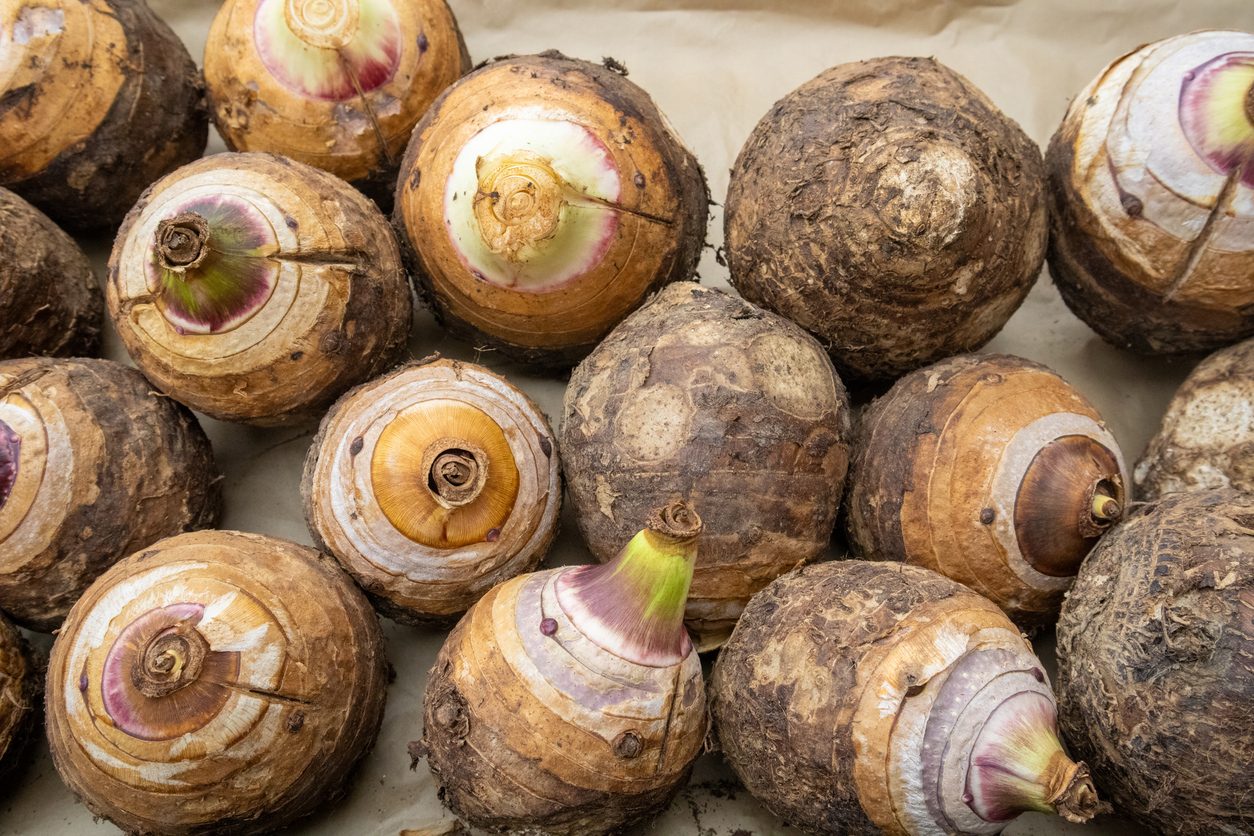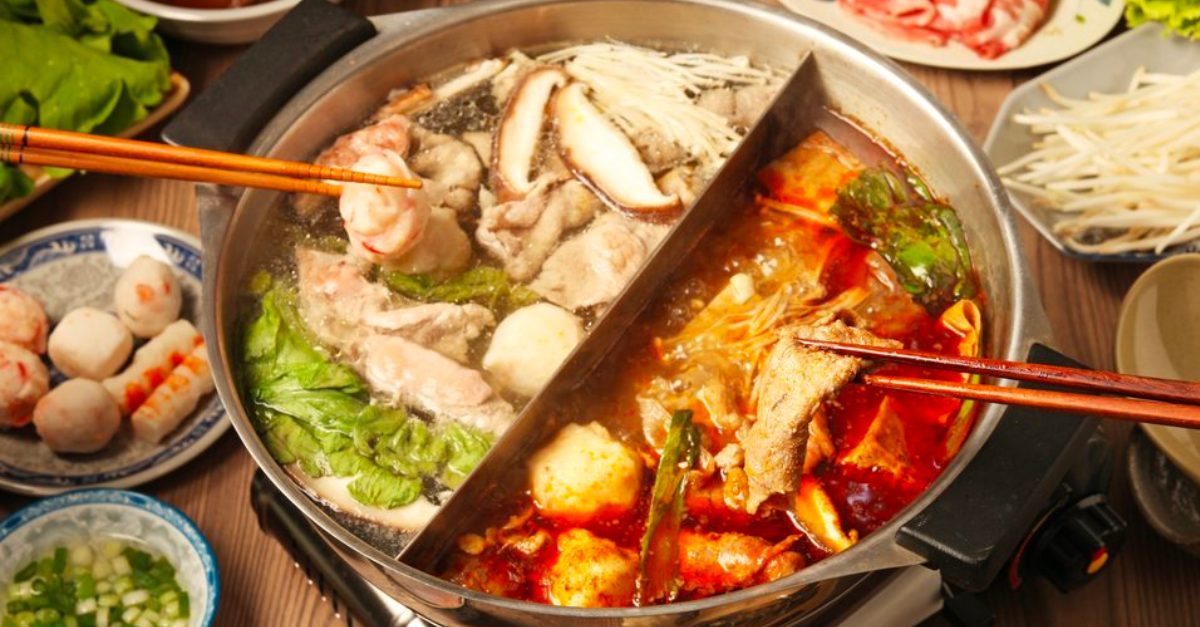Everything You Need To Know About Mapos, Italy’s Favorite Fruit
Mapos are achieved by crossing mandarin oranges and grapefruits and are the first set of citrus fruits that usually hit the markets in Italy. The most popular use of this special fruit is in the manufacturing of Sicilian liquor called Mapo Mapo but still very little is known about them. Read ahead to know more about what sets mapos apart from other citrus fruits.
;Resize,width=742;)
Mapos start getting harvested in the month of September, earlier than any other citrus fruits. Tangerines are picked in October, Navel oranges and lemons too are plucked in November while the first blood oranges get harvested just before Christmas.
Aside from mapos, other popular mandarin-grapefruit crosses are Minneola and Orlando tangelos. Mapos differ from them in that they lack the big bulge that Minneolo tangelos have and are not quite as big looking as Orlando tangelos are.
They look more like small green and yellow oranges but they have a thinner skin that is easier to peel, They also have segments that are properly separated.
Mapos grow as tall as 35 feet in the wild but the trees are kept at 12 feet in height by commercial growers who heavily prune the spiny shoots to give way to the smaller, pendulant branches with heavier fruiting. This makes harvesting the mapo fruits easier.

Mapo trees can’t exactly tolerate cold and the fruits but they will thrive in an environment where grapes grow. Mapos are alternate-year bearers and are self-sterile which is why they have to be cultivated among other varieties that will pollinate the flowers.
They produce a lot of fruits, producing as much fruit as heavy-producing lemons under optimized conditions. Mapos were once recorded to be grown commercially in the US in Florida and California in the 20th century but not anymore.
Like any other citrus fruit, mapo makes great fresh-squeezed juice and the fruit can be eaten if you’re feeling too lazy to make juice from it. However, the most popular use of the fruit is in the Sicilian liquor named Mapo Mapo, a sweet aperitif that has a delicious taste.
;Resize,width=767;)
;Resize,width=712;)
;Resize,width=712;)
;Resize,width=712;)
